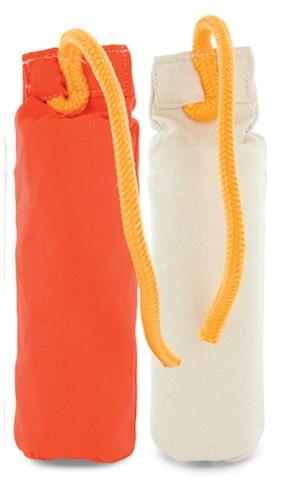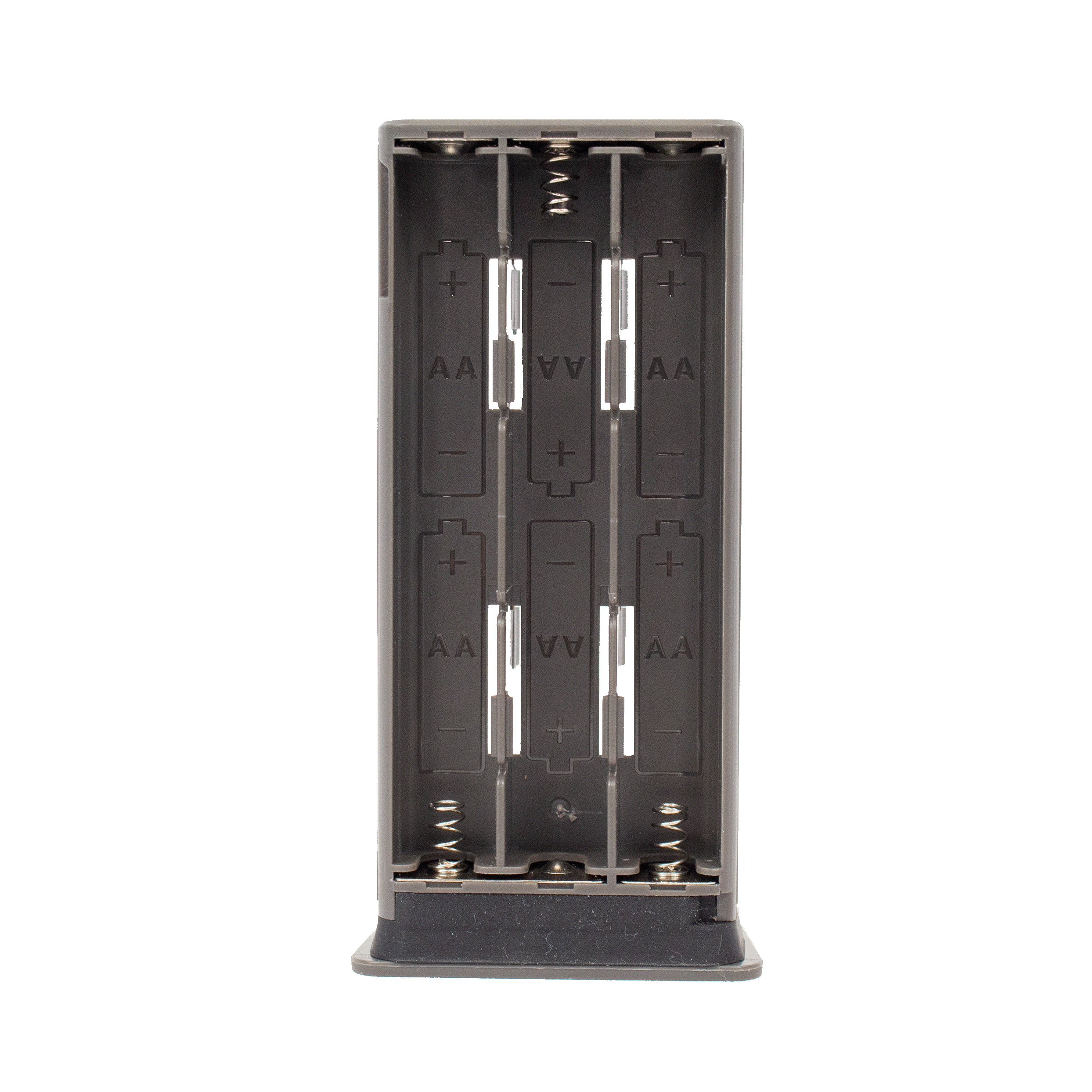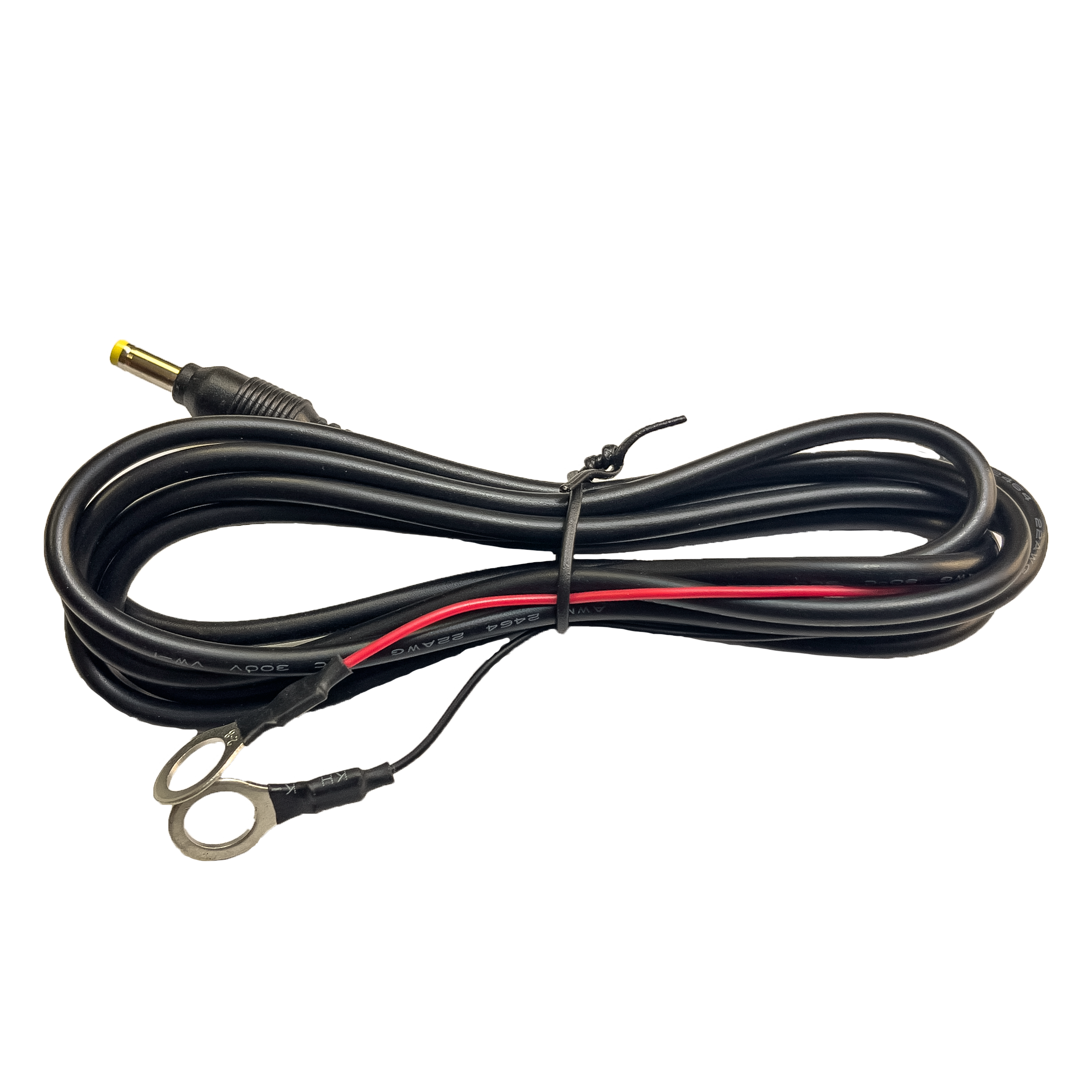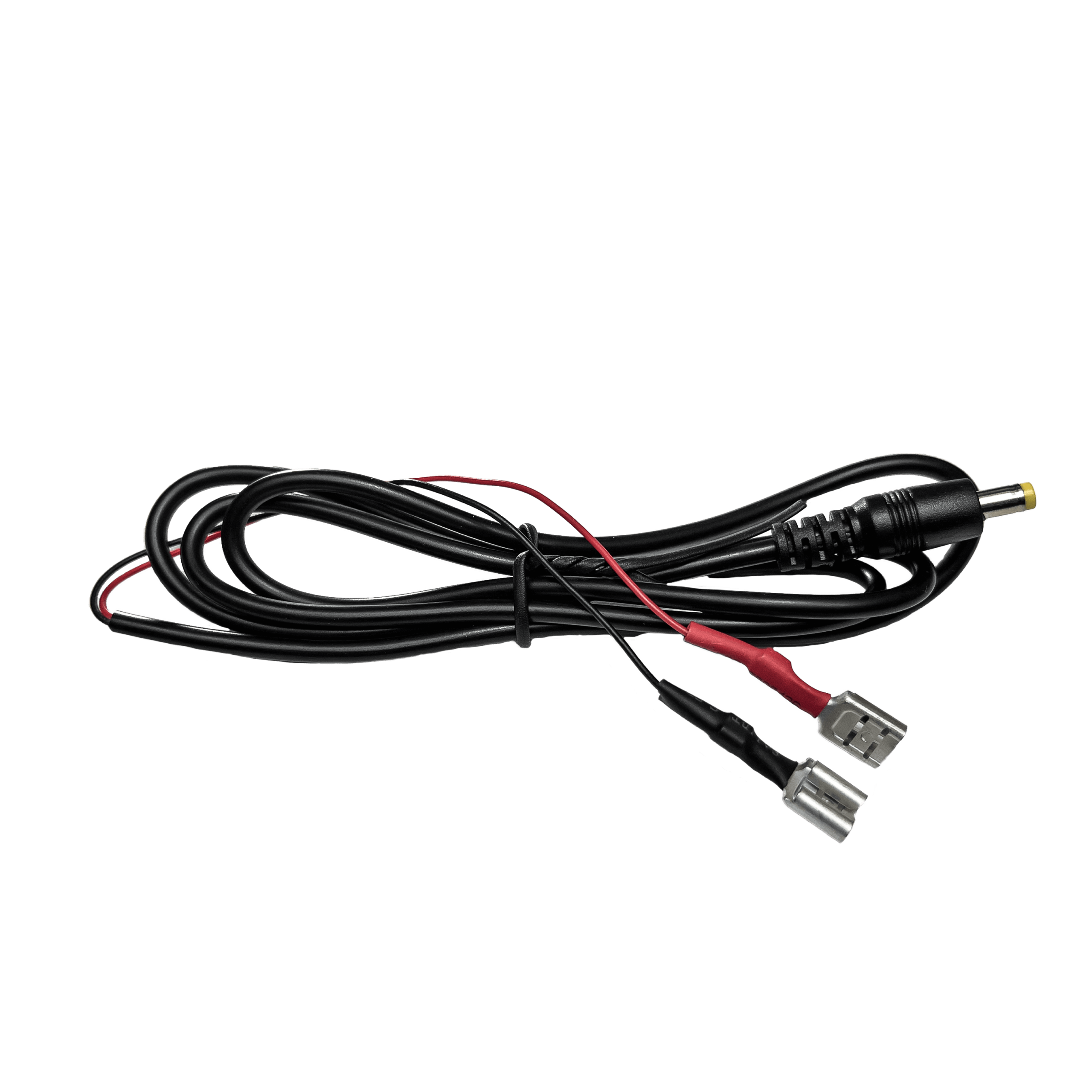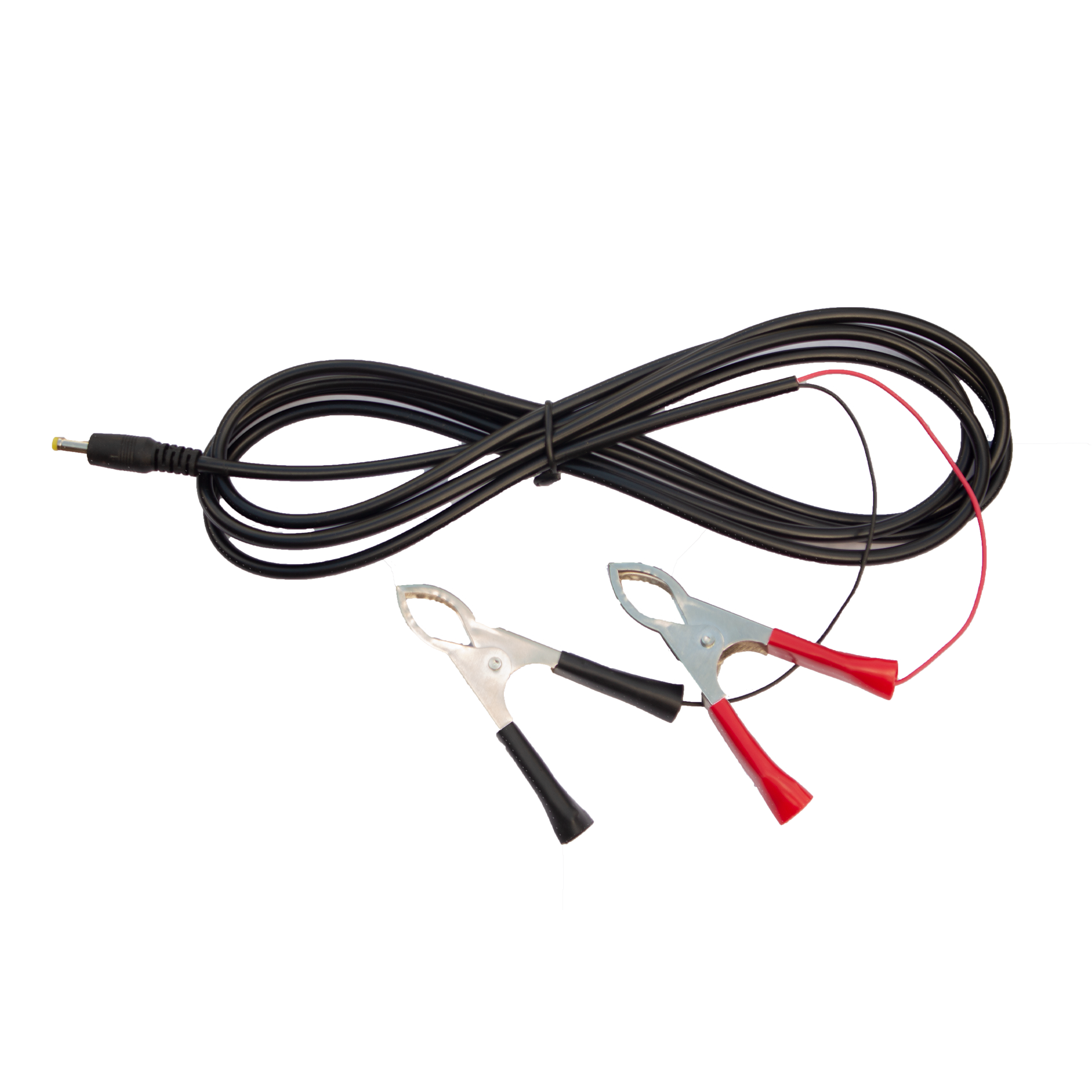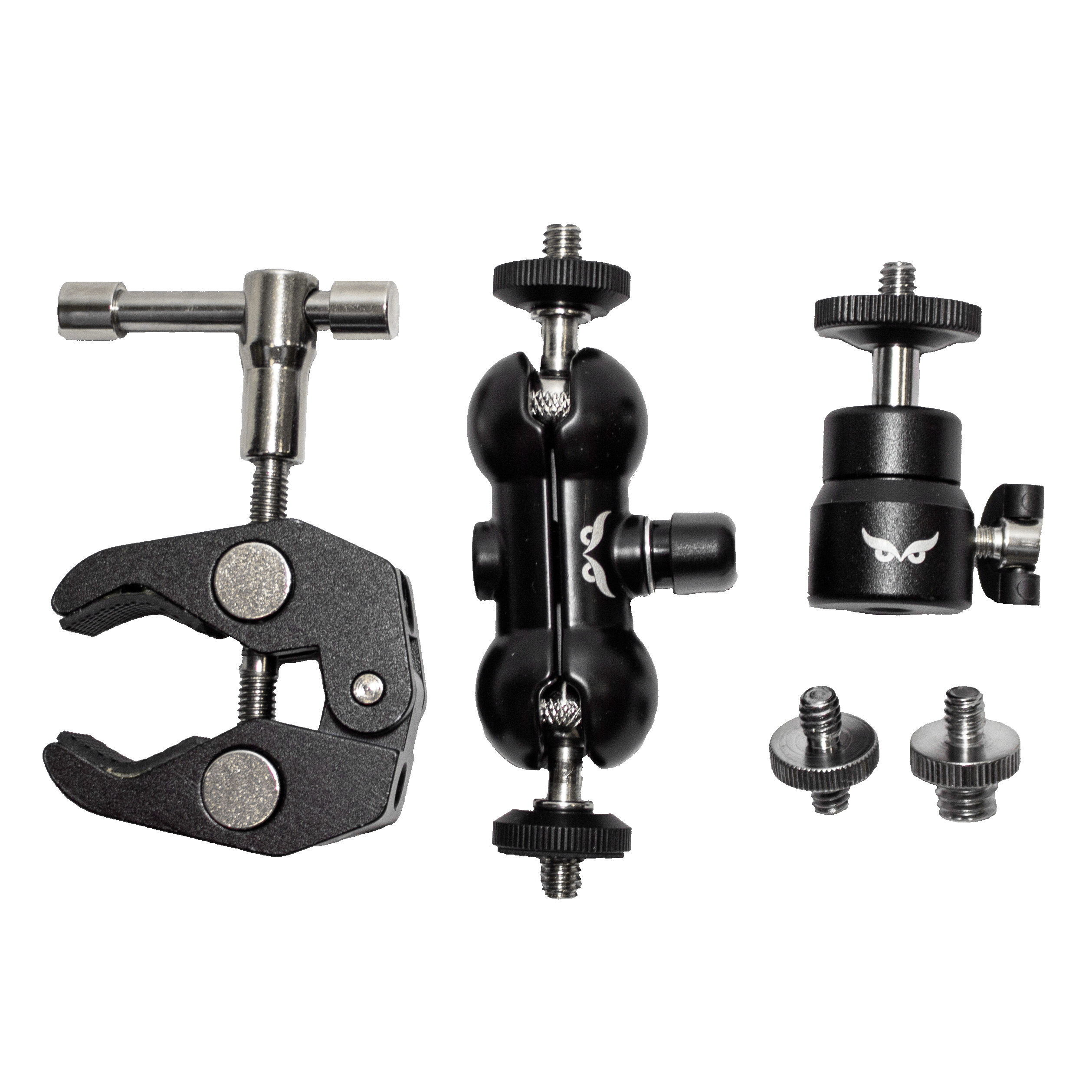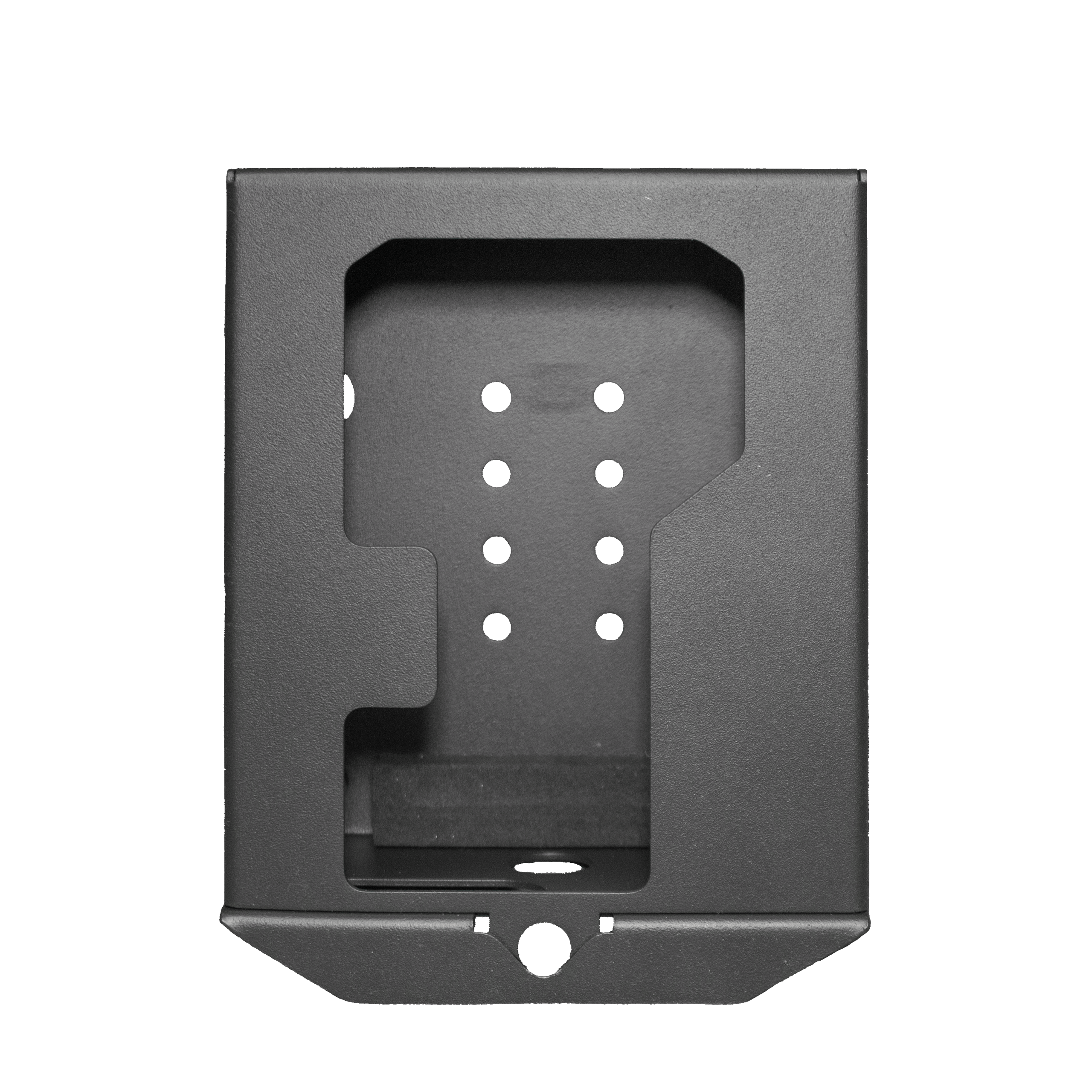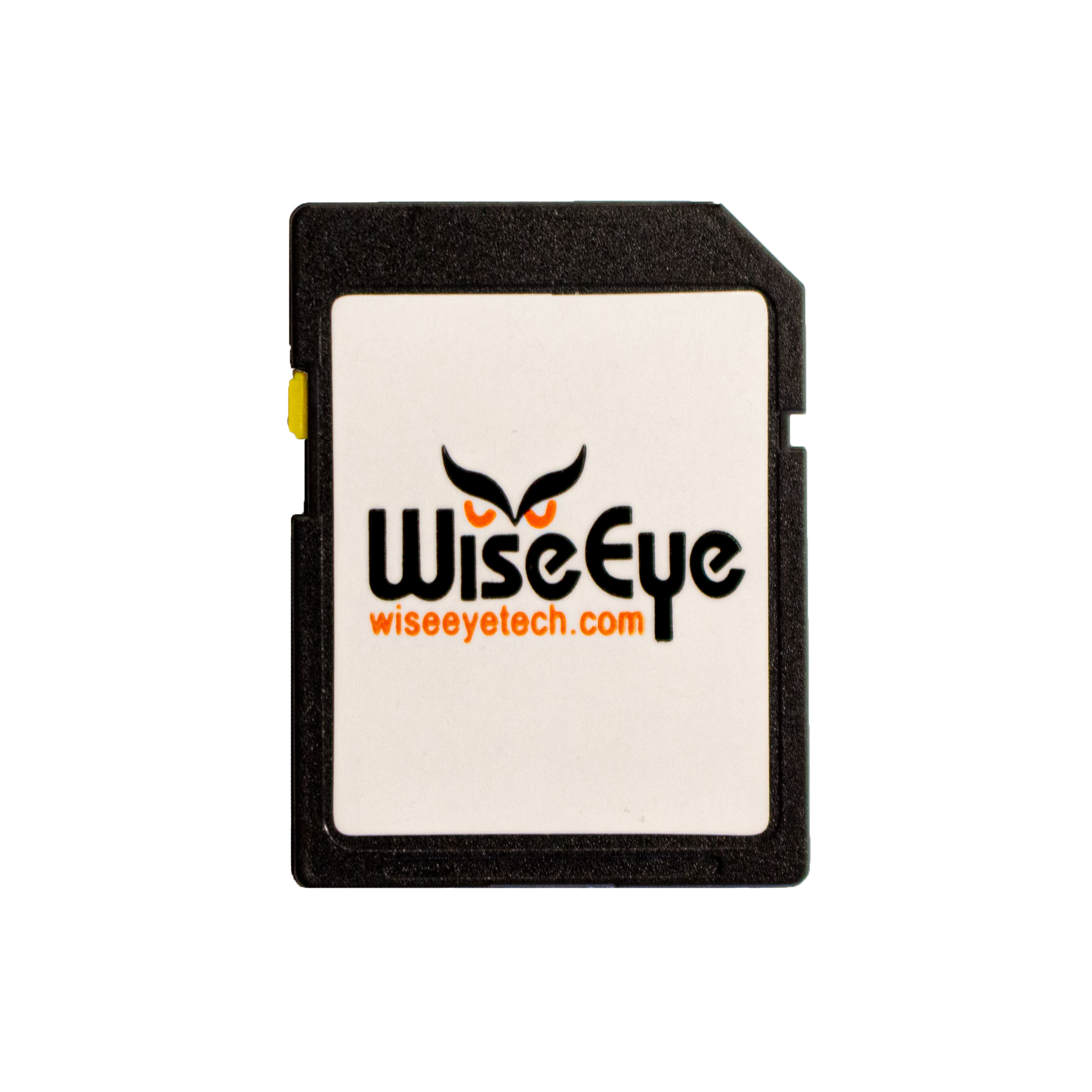Your New Hunting Partner and Training Supplies
Before you bring that new pup home from the breeder you must decide what you really want out of that new companion and determine what you want or do not want him to do when he gets older and is full grown. For example, if you do not want him jumping on you or others when he gets older, don’t let him do it when he’s a puppy. Yes, it’s cute to have that little guy jumping and playing with you, but you are creating a problem that you will have to correct later. Remember that it is easier to prevent a problem from forming than it is to correct it later!
Exposure to as many things as possible at a young age is a very important step in the training process and helps your dog adapt to other factors as he matures. In addition to acclimating him to his new home and kennel crate, take him to different areas for walks and expose him to different types of terrain (Tall grass, gravel, rocks, woods, leaves, etc…) and
terrain changes. Be sure that these areas are safe and free of any possible hazards.
 Kennel Crate
Kennel Crate
Keep in mind that dogs are denning creatures and that a kennel crate will become their home and safe zone. Kennel crates are not a punishment and should be a comfortable zone for them to get away and relax. Once they become acclimated to the new crate you will find them going to their crate on their own, sometimes just to relax or get away from a busy situation. Relate this to going home or to your room to relax or get away.
Kennel crates are also the best way to travel with your pet! A lot of people like to have their dog ride in the back seat or even the passenger seat of the car. Transporting your dog in this manner may be comforting, but is the worst way of taking your dog on any kind of trip. In the case of a collision, your partner would be tossed around the interior of your vehicle like a rag-doll! We always suggest to clients that they use a kennel when transporting their dog on any trip, long or short!
Forming into a great companion – Start Early
In order to create the best hunting companion dog, it is essential to start early and use the correct training supplies. There is nothing like hunting behind a trained, obedient gun dog that is experienced and will obey the commands that
it is given. In your training you will need several basic dog training supplies. These supplies can be found at several supply stores but we recommend the quality products available at HuntEmUp.com. They have been in business since 2004 and have been supplying the hunting and dog training world quality products at reasonable prices since they
opened the doors!
What do we need to get started?
Starting a Pup off right requires very little and as you progress you can decide exactly how far you want to take the training process.
 Training Collar
Training Collar
A pinch collar, choker or choke chain is used to teach basic obedience and control the dog on walks and even around the house. These collars are also used in the “Collar Conditioning” process when conditioning the dog to the use of an electronic collar.
Leash
I’m sure that you are familiar with a leash, but there are a couple suggestions that may help in your selection. Leather is the preferred choice for a leash as it is easier on your hands, It leather is not available or your of your price range, we suggest a leash that is thicker and wider; as this is easier on the hands when making corrections during the obedience process. We also recommend wearing a pair of gloves during your training sessions to protect your hands as
well.
Puppy Bumper
Soft canvas bumpers are preferred when training very young dogs as it is easier on the mouth and minimizes any discomfort when they start losing teeth.
Whistle
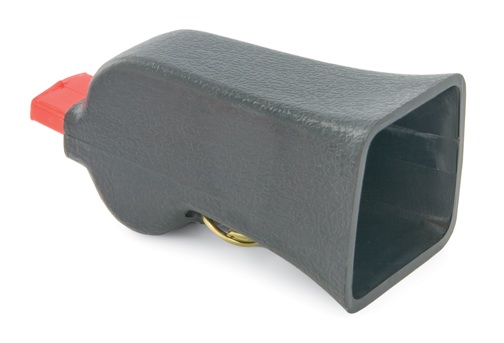 A quality whistle is uses for several different reasons in the process of training the Flusher, Pointer or retriever.
A quality whistle is uses for several different reasons in the process of training the Flusher, Pointer or retriever.
Uses include: recall, turn/quarter through the field as well as “sit” for a directional command. We do not recommend the use of a “Dog Whistle” or “Silent Whistle”.
Check Cord
There comes a time in every dogs training that he is asked to work out at a distance. This can be a “Sit” as you
walk away or many other uses that you will want to keep control you’re your dog at a distance. Using a check cord also gives us control over our dog’s movement at an increasing distance, reinforcing how and where we want the dog to work when hunting in front of us.
As your pup matures you will most likely be adding additional products to your training arsenal, but until then this should be all you need. When training it is not uncommon to run into road-blocks or obstacles! If you get to a point that you are having problems that you are not sure how to correct, we suggest you consult a professional trainer in your area for training help.
Joe Scarpy – Founder of http://www.huntemup.com/, “The World Wide Hunting Dog Superstore”.
